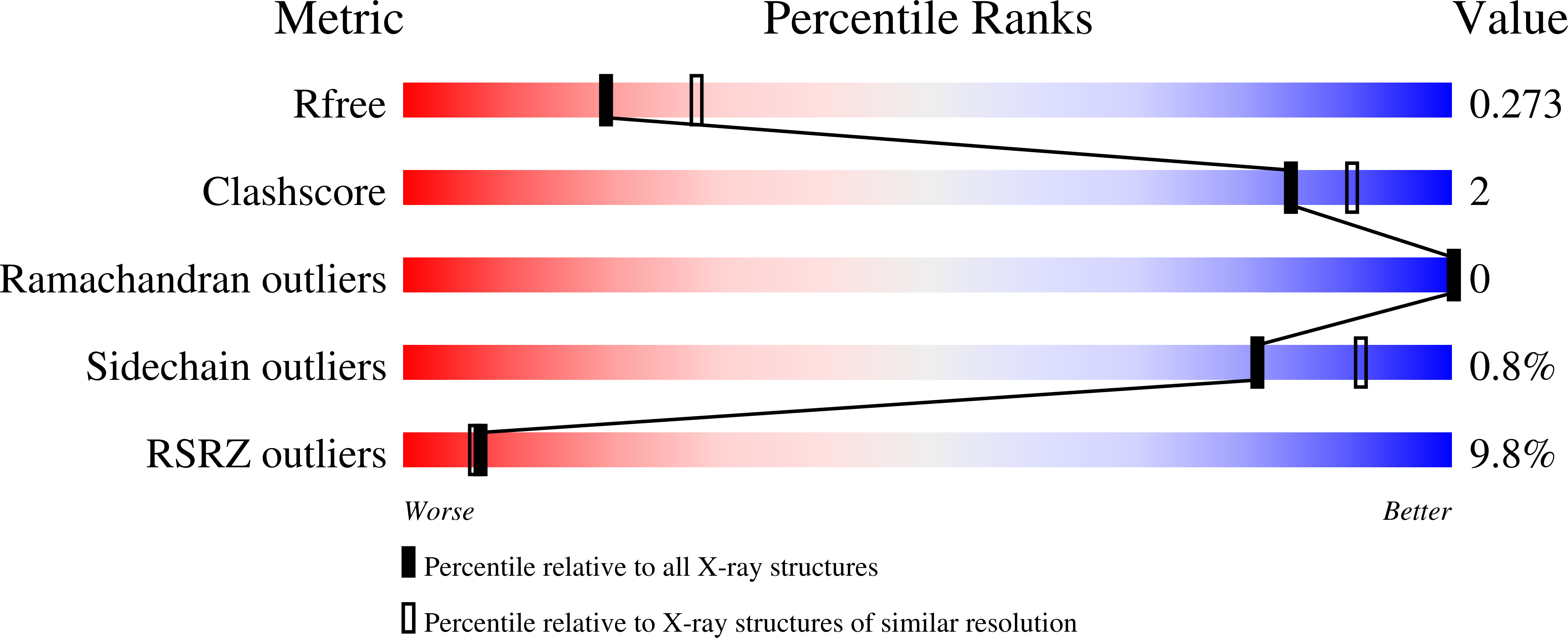
Deposition Date
2021-07-19
Release Date
2022-04-13
Last Version Date
2024-01-31
Entry Detail
PDB ID:
7P7H
Keywords:
Title:
Crystal structure of Casein Kinase I delta (CK1d) with alphaG-in conformation
Biological Source:
Source Organism:
Homo sapiens (Taxon ID: 9606)
Host Organism:
Method Details:
Experimental Method:
Resolution:
2.40 Å
R-Value Free:
0.26
R-Value Work:
0.22
R-Value Observed:
0.22
Space Group:
P 1 21 1


